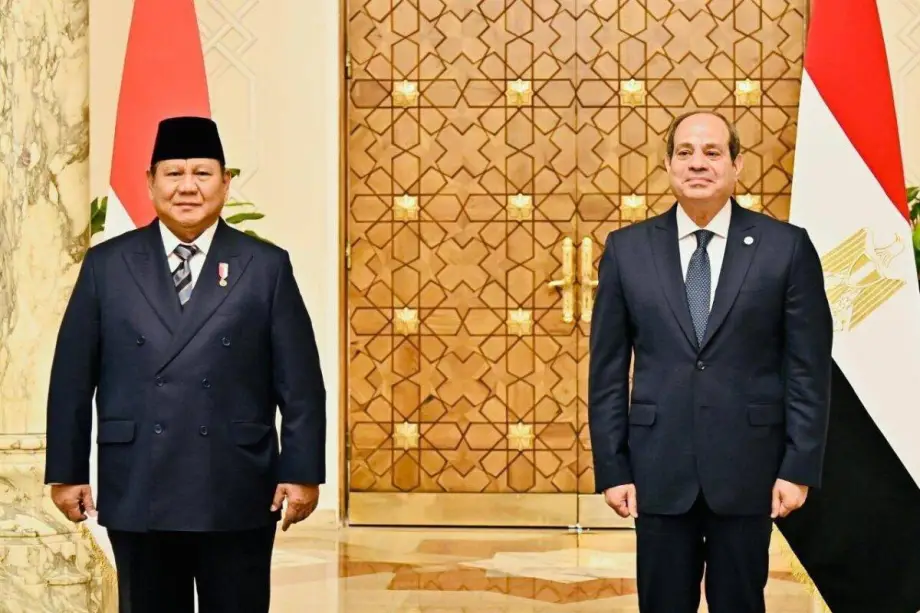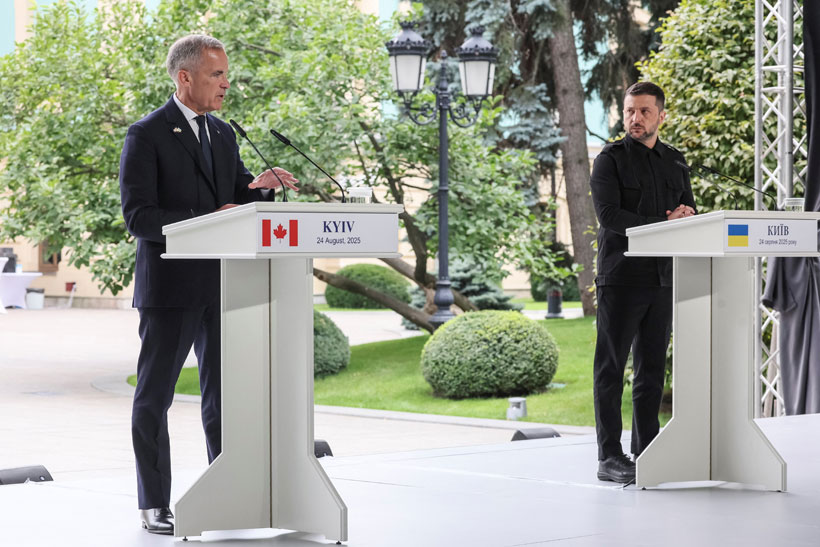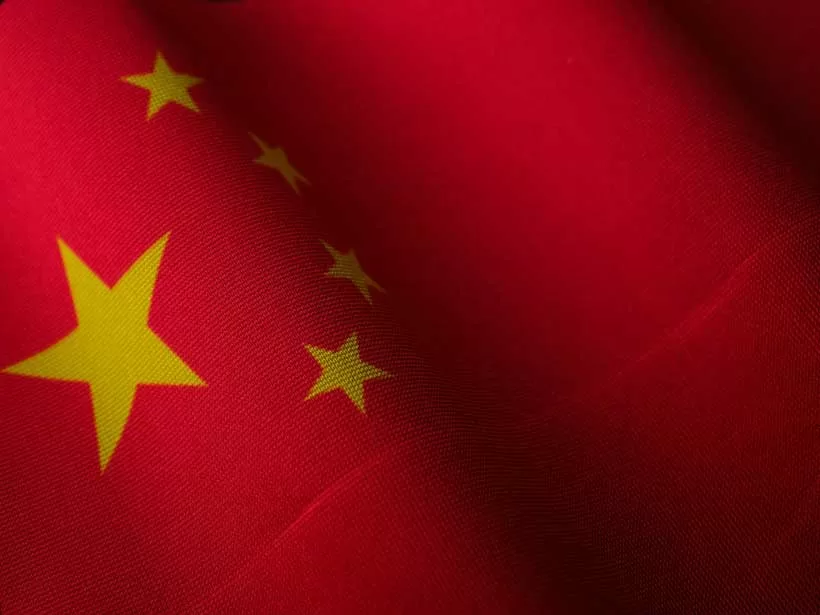In 2012, when President Xi Jinping first coined the term “Chinese Dream”, it was seen as a patriotic call for national revival, a promise was made to restore China’s lost historical pride after a century of humiliation. The narrative of this analogy was powerful and emotionally resonant. Domestically, it stirred unity, strength and pride. Internationally, it was framed as a peaceful vision of shared prosperity in the foreseeable future..
Surprisingly, a decade later, the Chinese Dream has transformed into something far more tangled and complex, and very contradictory. Although Beijing continues to promote the notion of Chinese Dream as an amiable blueprint for progress and development, nevertheless it also projects a growing assertive foreign policy that raises questions about the true intent of the Dream i-e: Is China’s vision one of joint development, or does it cloak a strategic push for dominance?
China’s ambitions regarding the tensions between peaceful rise and nationalistic assertion are now the heart of global unease. This analogy of Chinese dream might have still inspired many Chinese, but for the world outside China, it is beginning to look more like a dilemma. Moreover these contradictions are no longer just theoretical they are unfolding in real time. For instance, China’s increased military activity off late (2025) near Taiwan and its expanding assertiveness in the South China Sea have clanked the Indo-Pacific. Fears of confrontation are ignited by naval incursions, coast guard problems and air defense drills, while the Philippines and Japan are seeking broadened security ties with the US. Meanwhile, the China–US rivalry ended up intensifying on new fronts, especially in AI, quantum computing, and semiconductor supply chains, signaling that technological dominance has become a new battle ground for China to pursue its strategic vision of rejuvenation, whether it’s the recent American export limitations on advanced chips or Beijing’s retaliatory curtailment on rare earth elements.
In order to completely comprehend the Chinese Dream and its motives, one must trace back to its historical roots. The “century of humiliation” that is identified by colonial invasions, unjust ententes, and foreign assertiveness left a deep imprint on China’s collective consciousness. Communist Party of China (CPC) has marked itself as the soldier that would restore China’s once lost dignity since 1949. But under President Xi, this narrative has been positioned as a national mission for a longer time: rejuvenation/ rebirth.
However, rejuvenation in this context isn’t just about China’s lost pride and economic growth but it’s more about being on top of the global hierarchy because it’s China’s right to be a global leader. This dream was initially confined to national revival but now it’s propagating beyond its traditional spheres, and this new dimension of this Dream has profound implications for foreign policy. China’s claim of a “Near Arctic State”, it’s leadership role in AIIB and BRICS, investment in Latin America and Africa lately sheds light on it’s global ambitions and the deliberate effort to shape global governance structures and asserting influence internationally.
The question that arises here is that, whether this Dream actually aligns with global peace as claimed by China or not. Xi has consistently emphasized on “win-win cooperation,” for a shared and cooperating future of the world system. Global endeavors like the Belt and Road Initiative (BRI) are marked as tools for connectivity, collective progress and development.
Yet behind the literal meaning of this language lies a more complex and calculated strategy. For instance, the BRI has been lagging due to the constant criticism for opaque deals and debt traps etc. This criticism has deeply sharpened recently. In 2024–25, certain countries like Kenya, Malaysia, and Italy either rearranged or withdrawn from the BRI projects, due to obscurity and debt sustainability. There’s a growing discomfort regarding China’s approach to infrastructure diplomacy globally. China’s increasing propagation towards different continents often brings not only infrastructure but also an expanding political influence and economic dependence.
Another worrying aspect of this increasing global dominion by China is it’s actions in the South China Sea, and it’s policies towards ethnic minorities and the brutality in Uyghurs, and the way China has been handling dissent at home is contrary to the harmonious image it seeks to project in the international arena. The questions is, Is the Chinese Dream of national revival merely a soft power element layered over hard power objectives? Most know the answer.
Neo-realism makes this trajectory of China’s foreign policy seem less ambiguous. It’s the same old tale of survival and power maximization in an anarchic global system.In this sense, the Chinese dream is a strategic doctrine disguised in cultural rhetoric.
China’s military advancement, tech capabilities, aggressive border posturing and parallel global organizations I-e: AIIB all reflects a far more significant goal: reshaping the global BOP in China’s favor, which is not illegitimate as that’s how all the great powers operate in the international system to gain influence, however, it does challenges China’s notion of a peaceful actor.
Here the dream becomes a dual use instrument, internationally it justifies China’s strategic expansion and domestically consolidates legitimacy for the CPC. For instance, the on going AI and semi conductor war with the US, along with the naval brinkmanship near Taiwan sheds light on China enforcing it’s Dream through deterrence rather than diplomacy.
There’s another contradiction i-e: reconciling nationalism at home and claims of cooperation and development abroad. To explain this further, the Dream is a reassembling cry for unity, historical justice and strength. President Xi has positioned himself as the defender of this vision, and in order to do so, has tapped into springing up nationalist sentiments. And any discerned compromise with the international powers would be seen as a weakness- by the Chinese. Nevertheless, China is chanting the melodies of multilateralism and peace, by speaking the language of diplomacy while practicing coercion. This duality of the Chinese dreams inspires citizens at home but at the same time alarms foreign policy makers. Hence the widening credibility gap.
China’s Dream has often been met with caution and skepticism in the international arena. US has openly called this Dream a “strategic competition”. Moreover, EU has always been open to engagement and partnerships but now empathizes “de-risking”, while India, Japan, ASEAN countries and Australia are strengthening their ties and diversifying their supply chains. Even, from Pakistan, the so called iron brother of China, resistance has risen. The 2025 protests in Baluchistan specially Gwadar over economic segregation and security risks has challenged the entire motto of CPEC as a mutual win.
Africa and Central Asia has shown growing concerns as well regarding the consequences of long term dependency on Beijing beside the fact that these states are China’s traditional partners. China so far has stood its ground and retained influence through development and diplomacy but its assertive posture is, in the meantime eroding the trust genuine leaderships requires.
The Chinese Dream of rejuvenation seems benign. Its emphasis on unity, prosperity, revival, dignity and international cooperation offers a significant and meaningful vision for the century if pursued consistently. But in order to make this possible, China must tend to the contradictions from it’s roots. The BRICS expansion in 2025, which was driven by Beijing’s diplomatic momentum signals that China’s not only attempting to hold a greater influence but is also seeking to craft parallel governance frameworks. This still remains an open question, is it genuine multi-polarity or a cloaked hegemony?
China simply cannot promote soft power while reneging to hard power. It absolutely can not demand respect and legitimate for it’s foreign policy while ignoring transparency. It can not claim to be seeking peace while equipping for confrontation.
Moreover, the dream will be constantly met with caution and resistance unless China decides on whether the Dream really is a path to shared growth? Or is it just a blueprint for dominance.
Conclusion
The Chinese Dream might have succeeded in galvanizing and restoring national pride but it’s contradictions between words and actions has greatly undermined it’s global acceptance. If China’s truly focused on the Dream to bring peace and development globally, it must first gain trust in the international system.







